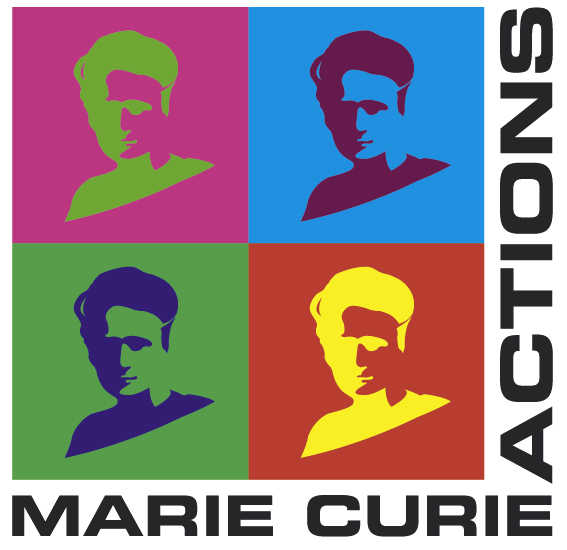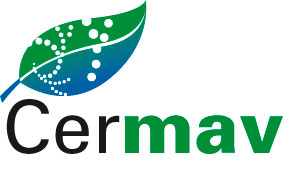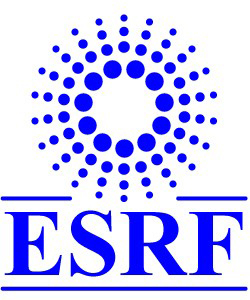Chitins & Chitosans
.........................................................................................
Introduction
Chitin is a polysaccharide composed of 1→4 linked 2-acetamido-2-deoxy-β-D-glucopyranose which plays the role of structural element of the outer skeleton of fungi, insects and crustaceans. It is rather narrowly distributed on the evolution map between cellulose and collagen. The yield of chitin in nature is thought to be second to that of cellulose.
The identification of chitin was made by Braconnot in 1810; upon treating mushrooms Agaricus volvaceus with warm diluted alkali, resulted a production of ammonia through distillation with potassium hydroxide and the generation of acetic acid throughout its degradation with sulphuric acid
 . In 1823, Odier
. In 1823, Odier
 found a similar substance in insects and quoted the term “chitin” from the Greek term which means tunic or envelope). A discussion on the difference between cellulose (occurring in plants) and chitin (occurring in budding yeast) was generated by Payen in 1843
found a similar substance in insects and quoted the term “chitin” from the Greek term which means tunic or envelope). A discussion on the difference between cellulose (occurring in plants) and chitin (occurring in budding yeast) was generated by Payen in 1843
 .
The same year, Lassaigne
.
The same year, Lassaigne
 isolated a chitinous material from treatment of exoskeleton of the silkworm Bombyx mori with potassium hydroxide. In was the merit of Ledderhose
isolated a chitinous material from treatment of exoskeleton of the silkworm Bombyx mori with potassium hydroxide. In was the merit of Ledderhose
 to identify chitin to be composed of glucosamine and acetic acid. This preceded the confirmation of the identification of glucosamine as the repeat unit by Gilson in 1894
to identify chitin to be composed of glucosamine and acetic acid. This preceded the confirmation of the identification of glucosamine as the repeat unit by Gilson in 1894
 .
The chemical nature structure of chitin as a polysaccharide of N-acetylglucosamine was elucidated in 1946 by Purchase and Braun
.
The chemical nature structure of chitin as a polysaccharide of N-acetylglucosamine was elucidated in 1946 by Purchase and Braun
 .
.
The occurrence and distribution of chitin resulted from many investigations, and in 1977 Muzzarelli reported its distribution (along with that of its derivative (chitosan) in the living species
 . Chitosan is derived from chitin by treatment of chitinous material with highly concentrated potassium hydroxide under boiling temperature
. Chitosan is derived from chitin by treatment of chitinous material with highly concentrated potassium hydroxide under boiling temperature

 .
Chitosan has a very limited distribution in Nature; it occurs in sea-weeds and mushroom as the result of the deacetylation of chitin by deacetylation enzymes immediately following the biosynthesis of chitin.
.
Chitosan has a very limited distribution in Nature; it occurs in sea-weeds and mushroom as the result of the deacetylation of chitin by deacetylation enzymes immediately following the biosynthesis of chitin.
a. 
b. 
c. 
Fig. 1 Chemical structure of (a) Chitin, (b) Chitosan, and (c) Cellulose, the main polysaccharide components of supporting material in living things
The biosynthesis route of chitin is well characterized in arthropods. In the de novo route, trehalose, one of the blood carbohydrate of insects is coverted in N-acetlyglucosamine-6-phosphate (GlcNAc-6-P) through several intermediate stages. GlcNAc-6-P is then converted into GlcNAc-uridine di-phosphate (UDP-GlcNAc) through GlcNAc-1-P. The UDP-GlcNAc is then transferred to form chitin poly-GlcNAc, by chitin synthetic enzyme. In this de novo route, trehalose is supplied freshly to synthesize chitin. There occurs another route, referred to as the salvage-route, whereby the sloughed cuticles are recycled. Consequently, little amino sugar is released into the environment as long as arthropods maintain an active metabolism.
Native chitin occurs in fibrous crystalline states as several polymorphs. Three crystalline modifications, which are referred to as α, β and γ have been identified from X-ray diffraction studies. Of these, the α and β forms are analoguous to cellulose II and I, respectively, in terms of chain packing. Whereas their structural details have been characterized to varying extents, the γ form is still unresolved. α-chitin is the most abundant polymorph constituting various part of crustacean bodies such as outer skeletons, tendons and grasping pines of arrow worms. β chitin is the rarer form found in the squid pens, diatoms spines and tubes of pogonophora. β and γ chitins have been reported to transform into α-chitin by physical and chemical treatments. β-chitin exists as a crystalline hydrate of lower stability than the α-polymorph. γ-chitin is found in the cocoons of the beetles Ptinus tectus and Rhynchaenus fangi.
Chitin-I (β-chitin)
In the family of β-chitin polymorphs the existence of one anhydrous form and two anhydrous forms has been reported





.
In its anhydrous form, the β-chitin crystallizes in the monoclinic space group P2
1. The one chain monoclinic unit cell has dimensions: a = 4.85 Å, b = 9.26 Å and c (fiber axis) = 10.38 Å and γ = 97.5°

.
The conformation of the chitin chain is an extended 2-fold helical structure which displays an intrachain hydrogen bond between OH3 and O5 (2.75 Å). The
trans planar acetamido group is roughly perpendicular to the pyranose ring, and the hydroxymethyl groups adopt and gauche-gauche conformation. The chitin chains are packed in a parallel fashion in the crystalline lattice. The short lateral separation of 4.85 Å along the a axis results from a strong stacking of the pyranose rings between the chains, which is further stabilized by two interchains hydrogen bonds: NH…O7 (2.76 Å) and O6H…O7 (2.89 Å). The lack of hydrogen bonds between the chains in the
b-c plane explains the relative ease with which β-chitin can be swollen in water to produce hydrates. The swelling of β-chitin has been reported to form hydrogel by mechanical agitation of β-chitin in water and the slurry was composed of β-form.
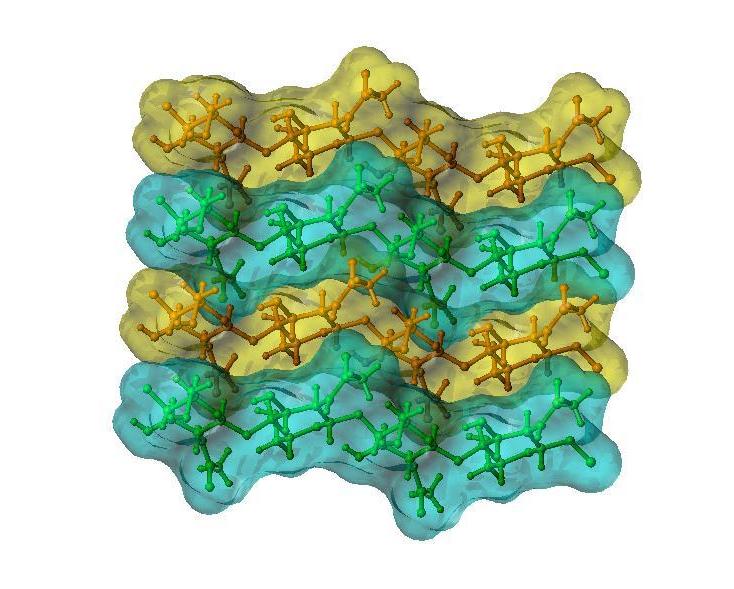
Fig. 2 3D representation of the crystal structure of β-chitin
Oriented fibers of highly crystalline, newer dried β-chitin have been obtained form tubes of Lamellibrachia satsuma and their structure characterized by synchrotron radiation X-ray fiber diffraction. Whereas the space group P21 remains unchanged, the unit cell dimensions change to a = 4.80 Å, b=11.15 Å, c (fiber repeat) = 10.44 Å and γ = 96.39 °. The increase in the volume of the unit cell indicates the presence of two water molecules. The crystal transition between the dihydrate and the anhydrous form was monitored by synchrotron radiation diffraction under controlled relative humidity. Such a transition can be reversible through an intermediate monohydrate form
 .
.
Chitin-II (α-chitin)
The first model of the crystalline structure of the α-chitin was proposed by
 .
A revisit of this crystal structure appeared in 2009, using synchrotron X-ray fiber diffraction recorded from crab tendon
.
A revisit of this crystal structure appeared in 2009, using synchrotron X-ray fiber diffraction recorded from crab tendon
 .
The unit cell of the alpha polymorph has parameters a = 4.749 Å, b = 18.89 Åand c (fiber axis) =10.33 Å, the space group being P212121 of the orthorhombic system. The unit cell contains 2 polymer chains, in an extended 2-fold conformation. There is an intrachain hydrogen bond occurring between, O3H and O5 with a distance of 2.68 Å One chain is in the corner whereas the other is located in the center of the a,b plane. The chain setting angle is around 15°.
.
The unit cell of the alpha polymorph has parameters a = 4.749 Å, b = 18.89 Åand c (fiber axis) =10.33 Å, the space group being P212121 of the orthorhombic system. The unit cell contains 2 polymer chains, in an extended 2-fold conformation. There is an intrachain hydrogen bond occurring between, O3H and O5 with a distance of 2.68 Å One chain is in the corner whereas the other is located in the center of the a,b plane. The chain setting angle is around 15°.
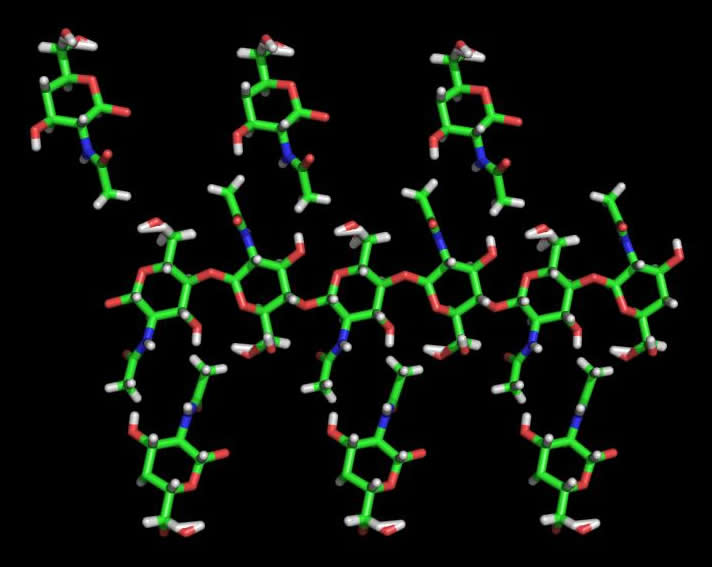
Fig. 3 3D representation of the crystal structure of α-chitin
The hydroxymethyl groups at O-6 are statistically disordered, and the acetamido group is roughly perpendicular to the pyranose ring. Based on refined positions of the O-6 atoms, a network of hydrogen bonds involving these groups is found. It is proposed that the maximum number of hydrogen bonds will be formed in a situation where exist alternating O6 conformations in the chains adjacent along the a-axis. Such a network of hydrogen bonds can explain the main features of the polarized FTIR spectra of α-chitin.
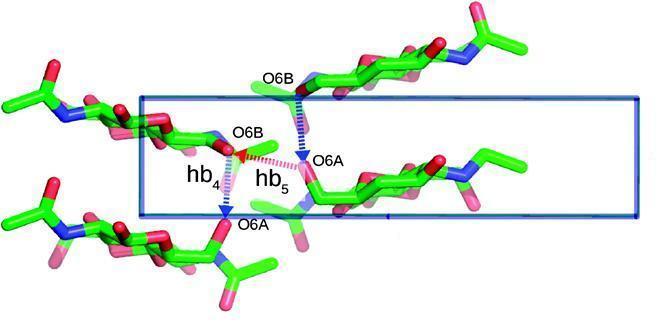
Fig. 4 3D representation of the crystal structure of α-chitin
(Courtesy: Pawel Sikorski; Ritsuko Hori; Masahisa Wada; Biomacromolecules 2009, 10, 1100-1105)
These chains are oriented in an anti-parallel fashion. Because of the polarity problem, the β-chitin to the α-chitin transition is also irreversible as in the case of cellulose.
The natural occurrence of chitosan is limited to several organisms including Mycelia and sporangiophore of Phymoyces blakesleeanus, and the investigations of the crystalline structure have been very limited
 reported that four chitosan chains and eight water molecules were packed in an orthorhombic unit cell having dimensions: a = 8.94 Å, b=16.97Å, c (fiber axis) = 10.34 Å., the space group symmetry being P212121. It must be recognized that the random and/or block distributions of an acetamide group among amino group if glucosamine residue are not likely to favour the obtention of a regular structural arrangement and subsequent X-ray fiber diagram of quality.
reported that four chitosan chains and eight water molecules were packed in an orthorhombic unit cell having dimensions: a = 8.94 Å, b=16.97Å, c (fiber axis) = 10.34 Å., the space group symmetry being P212121. It must be recognized that the random and/or block distributions of an acetamide group among amino group if glucosamine residue are not likely to favour the obtention of a regular structural arrangement and subsequent X-ray fiber diagram of quality.
